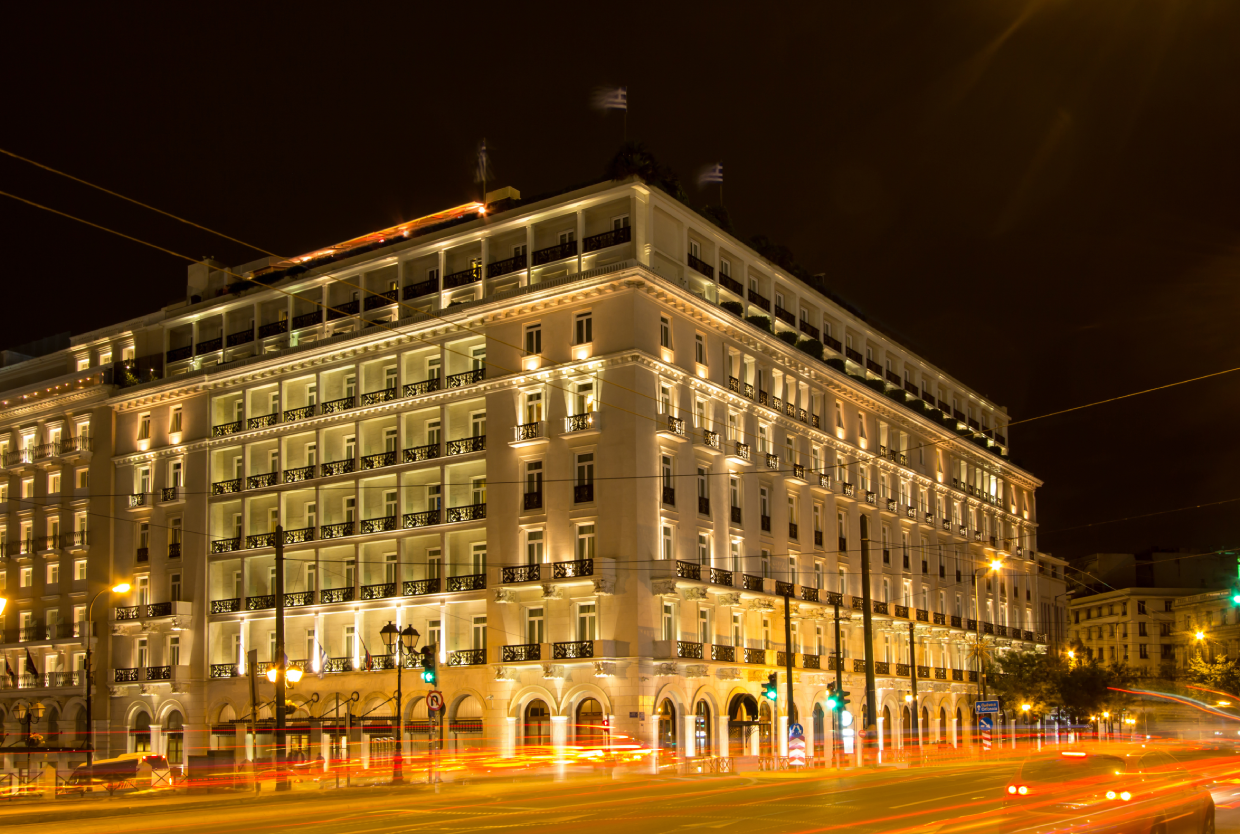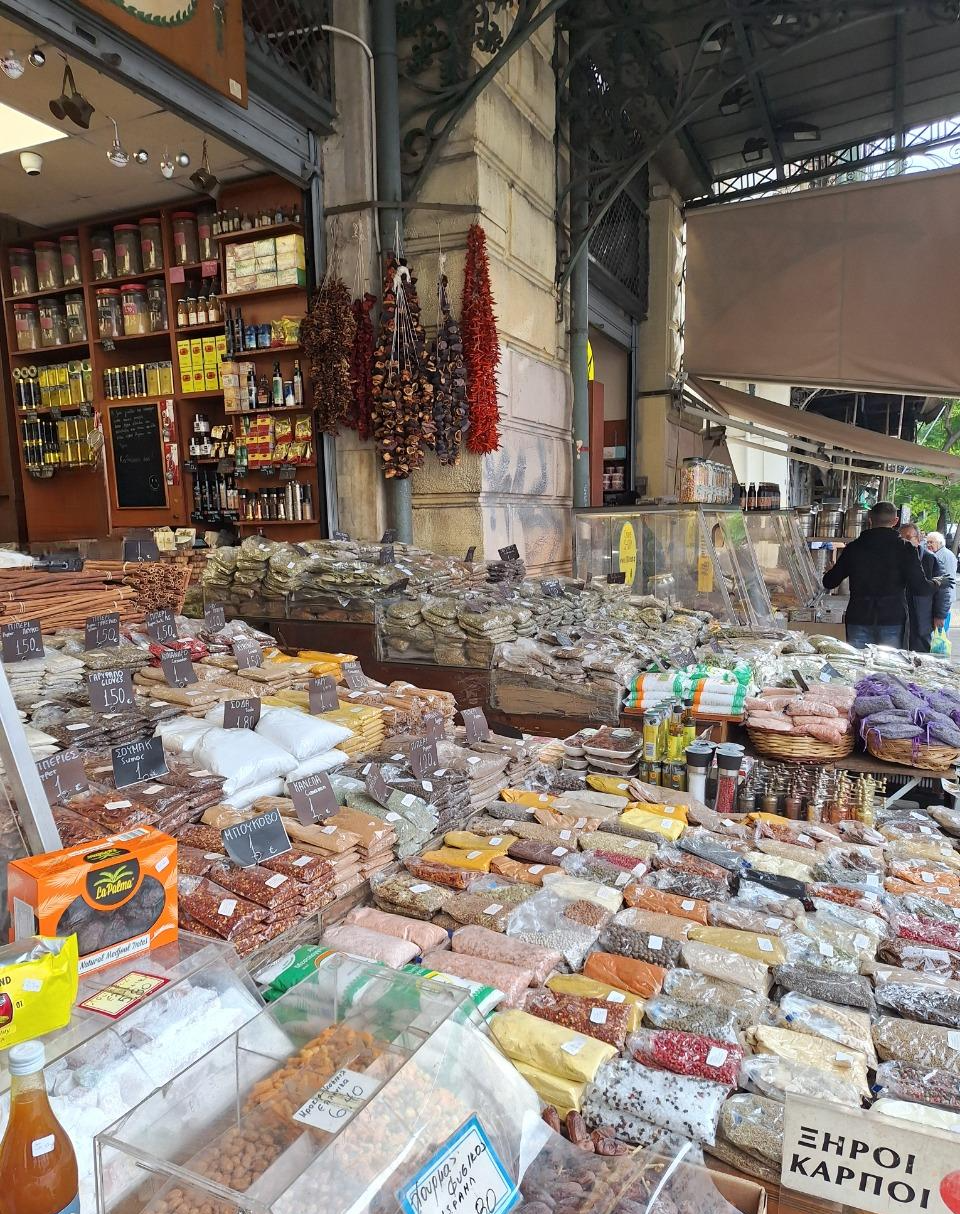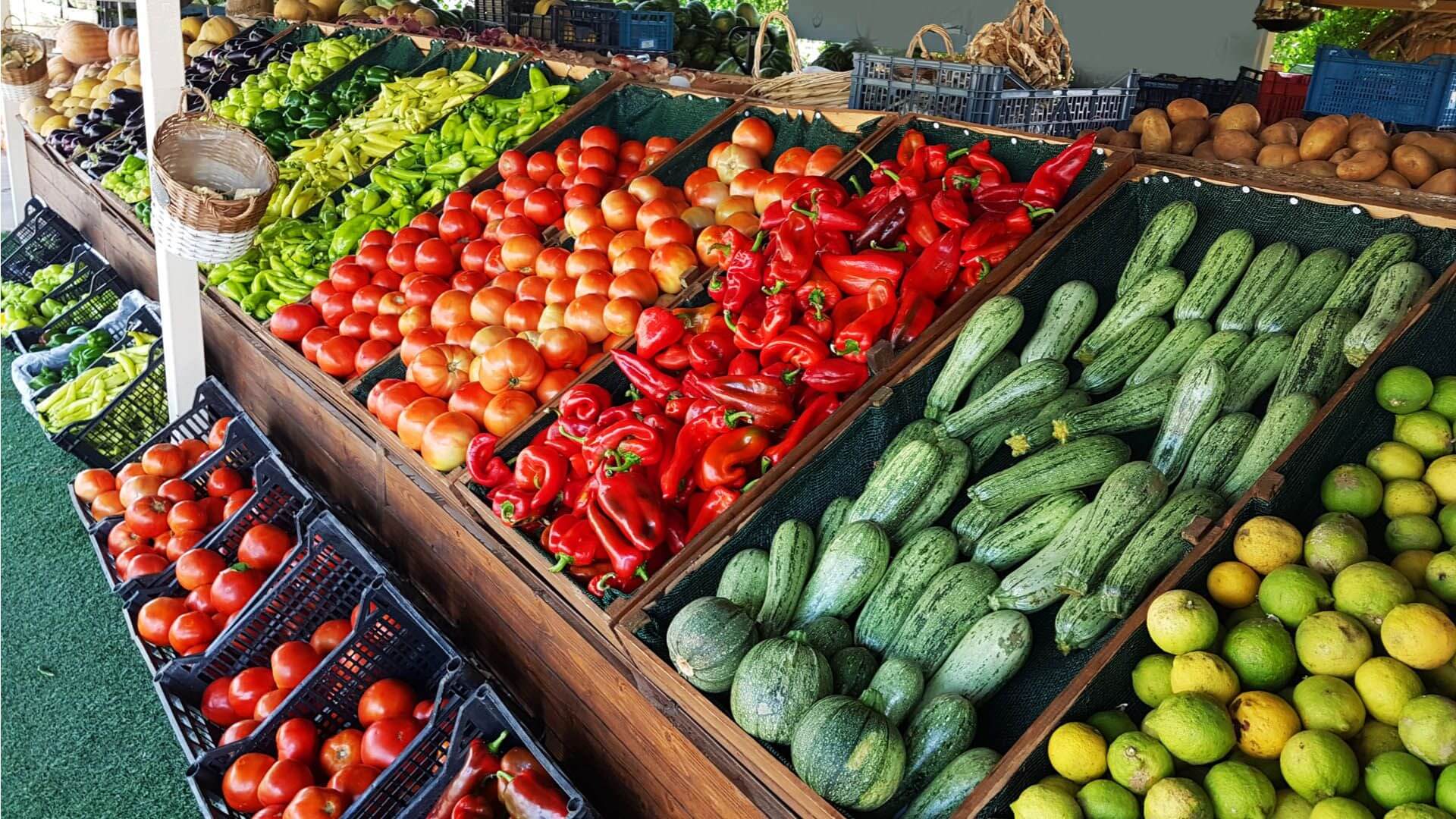Fethiye Mosque
Fethiye Mosque
The Fethiye Mosque, which was built in the second half of the 17th century, was called the Staropazaros (meaning Wheat Market in Greek ) Mosque by the Greek residents of the city, due to its proximity to the grain bazaar in the area of the Roman Agora. It consists of a large square hall and a vestibule (revac). Inside the mosque, in the center of its eastern side there is a small niche, the mihrab, oriented towards Mecca. In the center of the hall there are four columns, on which are located the four arches that support the central dome. Four quadrants touch its perimeter wall, while four smaller domes correspond to the corners of the building.The front has five arches in the view, supported on two cubic masses in the corners and four columns between them. Finally, it is covered by five small domes.
After the declaration of the revolution for liberation from the Ottomans, Fethiye Mosque was used for a variety of purposes: a military prison of the city guard, barracks, while in 1824 it operated as a school by the Filomousos Eteria of Athens. Then, before 1890, it was turned into a flour warehouse, while the ovens of the military bakery were attached to its outer walls. Its last use, which was the longest of the later ones, was maintained until 1935, when the external additions were removed and it was restored to its original form.







